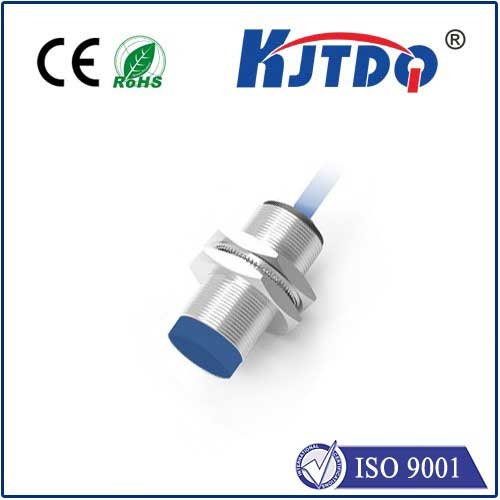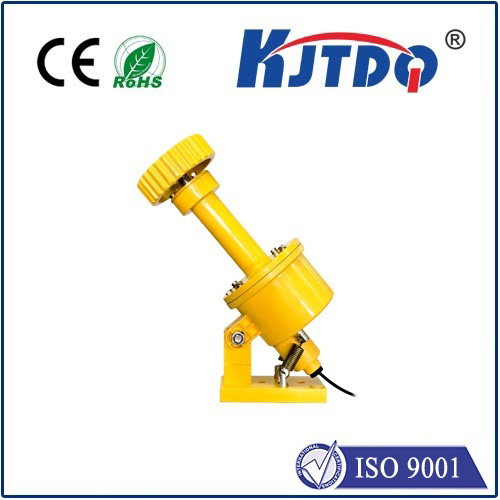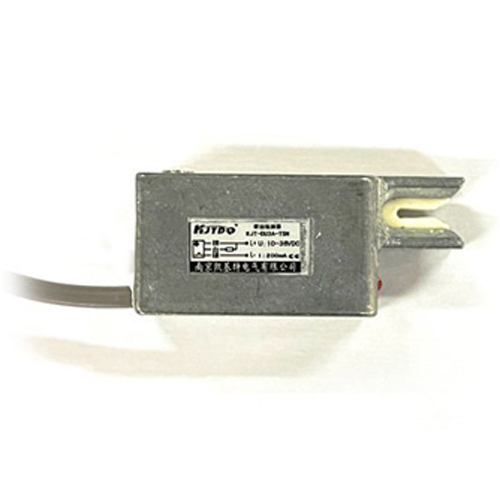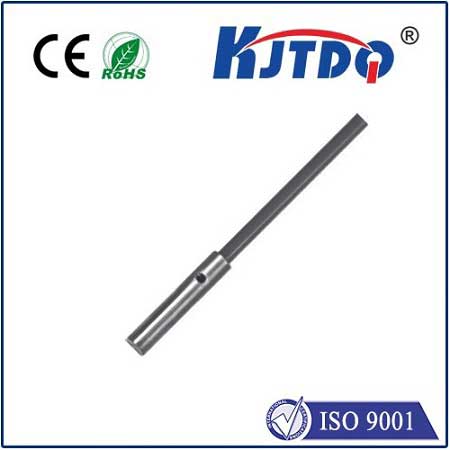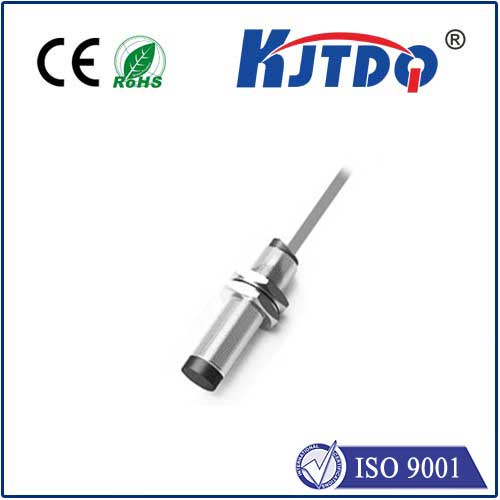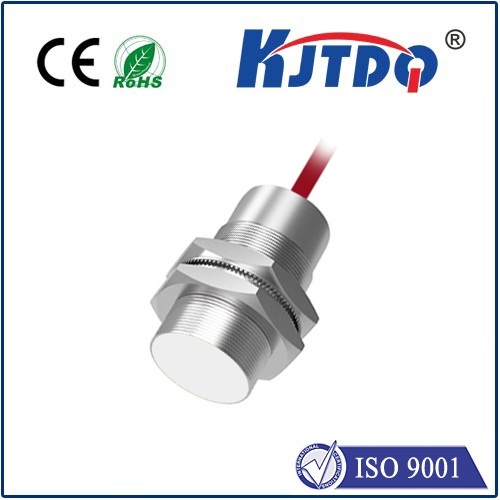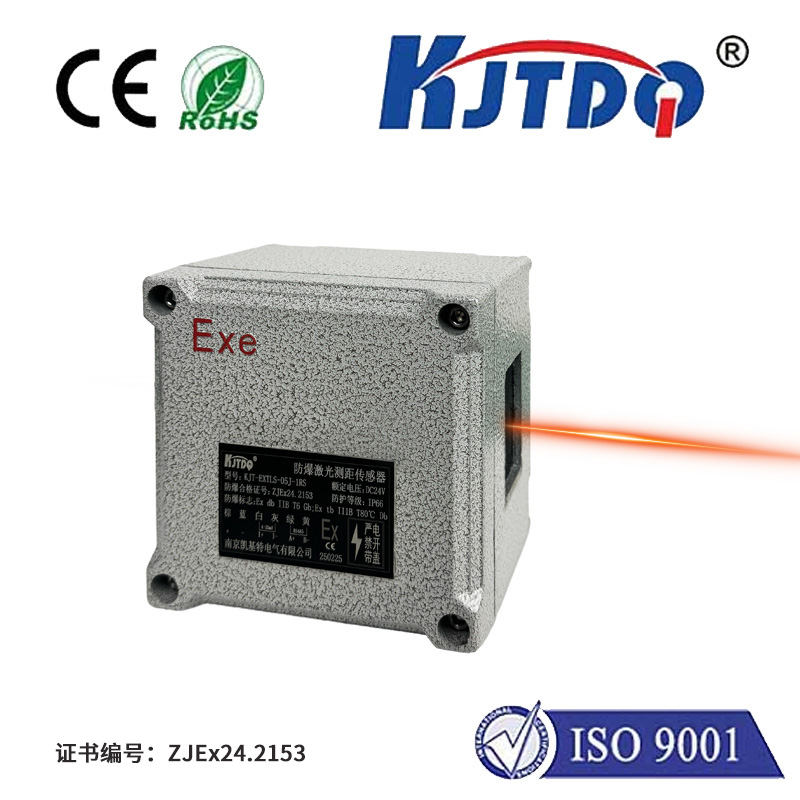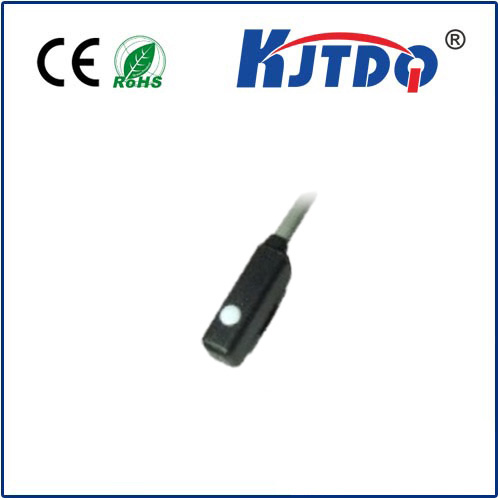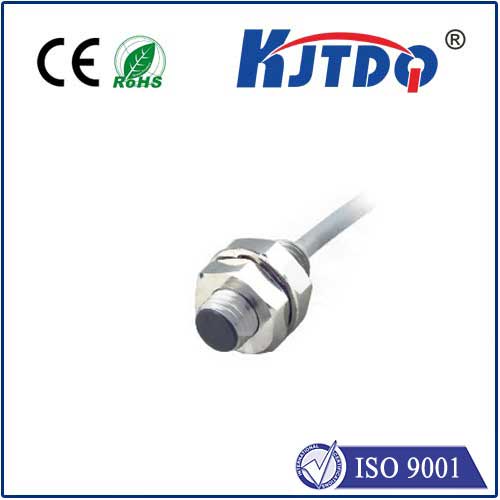

check

check

check

check

check

check

check

check

check

check
Picture a high-speed bottling line where precision is paramount. One misplaced container could cause costly jams, downtime, or product damage. In such demanding industrial environments, reliable object detection isn’t a luxury—it’s the backbone of efficiency and safety. This is where the LJC18A3-BZ inductive proximity sensor steps in, offering a robust solution trusted across countless automation applications. Designed for consistent performance even in harsh conditions, this sensor epitomizes the critical role of non-contact sensing technology in modern manufacturing and machinery.
Understanding the LJC18A3-BZ begins with its fundamental operation. As an inductive proximity sensor, it detects the presence of metallic objects without physical contact. When a metal target enters its sensing range—typically up to 5mm for the LJC18A3-BZ—it disrupts an electromagnetic field generated by an internal oscillator coil. This change triggers the sensor’s solid-state NPN normally open (NO) output, sending a clear signal to control systems like PLCs. The “BZ” suffix often denotes specific housing characteristics or electrical specifications, emphasizing features like resistance to environmental challenges including oil, coolants, and vibration. This non-contact principle eliminates mechanical wear, ensuring long-term reliability crucial for continuous operations.

Engineers favor the LJC18A3-BZ for its exceptional balance of performance and durability. Its compact 18mm cylindrical barrel (M18 threaded design) allows for flexible mounting in tight spaces common on machinery. Key operational specs include:
These features translate directly into operational advantages. Unlike optical sensors prone to false triggers from dust or debris, the LJC18A3-BZ excels in dirty or wet environments. Its insensitivity to non-metallic objects also streamlines processes involving mixed materials. Furthermore, the absence of moving parts translates to virtually maintenance-free operation, drastically reducing lifecycle costs compared to mechanical limit switches.
The versatility of the LJC18A3-BZ proximity switch makes it indispensable across numerous sectors. In automotive manufacturing, it precisely confirms part positioning on robotic assembly arms or verifies fixture clamping. Within packaging lines, it counts metal cans or bottles on conveyors. Material handling systems rely on it for pallet detection and position verification. Safety applications include monitoring guard door closures and ensuring machine tooling is correctly seated before cycle start. Its resilience even supports functions in challenging settings like agricultural machinery or outdoor equipment. Integrating this sensor is straightforward: simply mount it securely, connect the brown wire to DC positive (+), blue to DC negative (-), and wire the black output to your controller. Precise alignment relative to the target material is key for optimal sensing distance and repeatability.
When selecting an inductive proximity sensor like the LJC18A3-BZ, several factors demand consideration. Assess the target material type and size, as different metals influence the effective sensing range. Confirm the required output type (NPN/PNP, NO/NC) matches your control system. Evaluate the operating voltage (commonly 10-30V DC) and environmental stresses like temperature extremes or chemical exposure. Crucially, verify the IP protection rating suits your application’s demands—IP67 is standard for challenging industrial floors. While laser sensors offer longer ranges, the LJC18A3-BZ provides superior reliability for close-range metal detection without ambient light sensitivity. Its proven design, backed by potential certifications like CE, ensures it meets rigorous industrial standards.
Deploying the LJC18A3-BZ proximity sensor translates into tangible operational gains. Facilities report reduced machine downtime due to its high reliability and elimination of mechanical switch failures. Improved process accuracy minimizes waste and rework. Ultimately, its combination of ruggedness, precision, and ease of use makes the LJC18A3-BZ far more than a simple component—it’s a critical enabler for smarter, safer, and more efficient automated systems, solidifying its role as a workhorse in industrial sensing.
